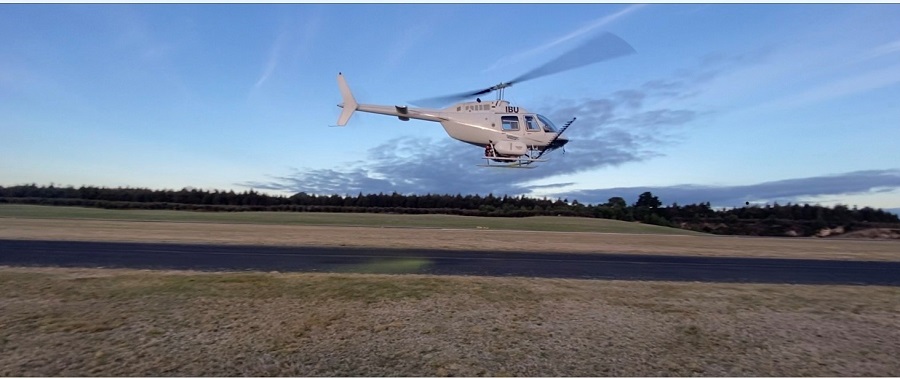Catalyst fund success
Two Scion research projects have been awarded Catalyst: Seeding funding for projects in collaboration with United States and United Kingdom research organisations.
Principal scientists Dr Michael Watt and Dr Brian Richardson were behind the successful projects which will both run for two years and involve international exchanges.
Catalyst: Seeding facilitates pre-research strategic partnerships to develop into full collaborations. The fund covers expenses related to travel, workshops, accommodation, and some research. Fourteen of the 94 applications in the recent funding round were successful. Scion received two of these!
Brian’s project is titled New models to underpin the potential of precision aerial agrichemical application.
It aims to develop a new generation of aerial agrichemical modelling tools.
Existing models for aerial application of agrichemicals like fertiliser and pesticides do not have the resolution needed to support highly accurate unmanned aerial spraying systems (UASS).

The project team wants to develop new modelling tools to help transition aerial agrichemical application to precision technologies like UASS.
The new tools will balance enhanced environmental protection with the need for cost-effective pest management and primary production systems, reduce agrichemical use and increase precision and improve results.
The project is in collaboration with the United States Department of Agriculture, Agricultural Research Service (ARS).
ARS manages a spray application simulation model released in the late 1980s and the project will develop a new and enduring collaboration between ARS and Scion. This collaboration will underpin the development of new models and facilitate knowledge exchanges.
The project has been awarded $75,480 over two years to facilitate a workshop in Houston, Texas involving Scion, ARS researchers and other collaborators, as well as exchanges to contribute to developing a research programme to advance the science behind a new model.
Alongside Brian, Tara Strand, Wayne Schou and Justin Nairn are the other Scion staff who will go to Texas, while Scion will host Harold Thistle, Heping Zhu, Stephen Foster and Bradley Fritz from ARS. Other potential collaborators will also be invited to attend this first workshop.
It will ultimately lead to more cost-effective use of agrichemicals, less off-target drift, new tools to sustain productivity, improved management options and more cost-effective regulatory processes.
Michael’s project is titled Simulating wind and disease risk using digital twins in New Zealand forests. It explores how to mitigate wind risk and damage in key New Zealand plantation species using wind-risk models combined with a digital twin.
Scion will collaborate with Forest Research in Roslin, United Kingdom on the project, drawing on their expertise constructing digital twins.
Advanced wind-risk models from Forest Research will be integrated into digital twin models of forests to explore how things like varied plantation layout and stand density can mitigate wind risk in two key plantation species in New Zealand.
The digital twin approach will also be used to simulate the impact of disease on growth and how this interacts with wind risk and stand structure. This could be used to guide specific management changes that could lead to disease resilience.
The project was awarded $60,000 over two years to facilitate Scion hosting two visits from Dr Juan Suarez and Tom Locatelli from Forest Research and sending Remote Sensing and GIS scientists Michael and Nicolo Camarretta to Forest Research to develop models.
Scion will draw on Forest Research’s expertise in digital twin construction through the project to develop a common methodology applicable to both NZ and the UK.
It will allow us to tap into knowledge and expertise not available in New Zealand and develop further contacts.
